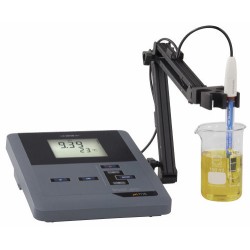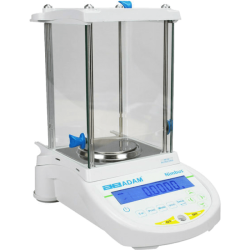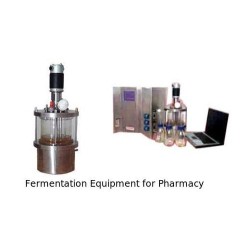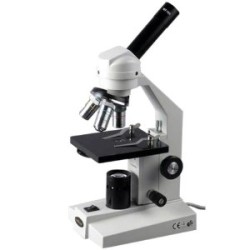Click Image for Gallery
Phosphorus
Phosphorus is involved in many critically important biochemical processes including energy metabolism, nucleic acid metabolism, cell signaling, bone formation, and maintenance of acid–base balance. Human body contains both inorganic and organic phosphate. Organic phosphate esters are found primarily within cells. Inorganic phosphate is a major component of hydroxyapatite in bone, thereby playing an important role in the structural support of the body and providing phosphate for extracellular and intracellular pools. Approximately 10% of the phosphate in serum is protein bound, 35% complexed with calcium, and magnesium; the remainder is free.
Serum phosphate level is maintained by intestinal phosphate absorption, renal phosphate handling and shift between extracellular phosphate and phosphate in bone or intracellular space. Usually, there is a relationship between calcium and phosphate in human serum. An increase of one of these components usually leads to a decrease of the other component. An elevation of serum phosphate can occur in vitamin D intoxication, hyperparathyroidism and renal failure. A decrease of serum phosphate is bound to vitamin D deficiency and hyperparathyroidism. Measuring phosphaturia can be proposed as a supplementary examination in serum phosphate. Phosphaturia can be increased during hyperparathyroidism or of damage to the renal tubule (FanconiSyndrome), or decreased in hyperparathyroidism.
Serum phosphate level is maintained by intestinal phosphate absorption, renal phosphate handling and shift between extracellular phosphate and phosphate in bone or intracellular space. Usually, there is a relationship between calcium and phosphate in human serum. An increase of one of these components usually leads to a decrease of the other component. An elevation of serum phosphate can occur in vitamin D intoxication, hyperparathyroidism and renal failure. A decrease of serum phosphate is bound to vitamin D deficiency and hyperparathyroidism. Measuring phosphaturia can be proposed as a supplementary examination in serum phosphate. Phosphaturia can be increased during hyperparathyroidism or of damage to the renal tubule (FanconiSyndrome), or decreased in hyperparathyroidism.


































